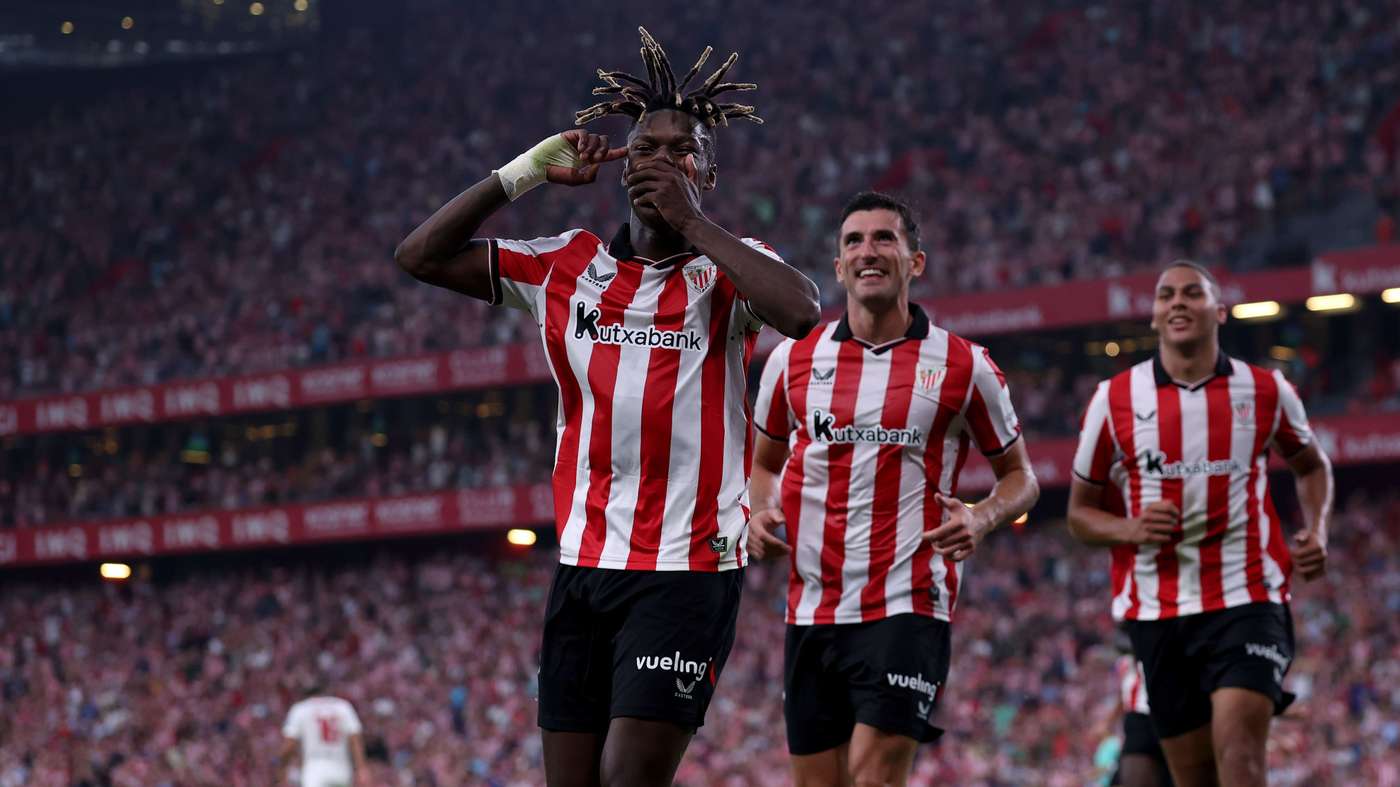Barcelona Plans a Cautious Comeback to Camp Nou With Limited Crowds
1 octobre 2025

Return plan for Camp Nou
Barcelona is awaiting the first occupancy license for Spotify Camp Nou to reopen to supporters. Local officials indicated a provisional green light could allow the Girona match on Saturday October 18 at 16:15 CET, with an initial capacity of 27,000 spread across the main stand and part of the south stand.
Plans note that the return could be staged, delaying a full comeback to November to unlock a second phase that would lift capacity to 45,000, still with the north stand closed. The purpose is not only safety but also the potential for a larger audience when the stadium is more fully available.
The primary reason for a cautious restart, even with a temporary permit, is audience size. The club expects higher attendance at Montjuïc’s Lluis Companys Olympic Stadium than the 27k cap at Camp Nou, a factor in considering the best venue for a high-impact return.
Recent matches, such as the 50,103 spectators for the Barcelona vs Real Sociedad clash, suggest a strong appetite for big crowds. If Camp Nou opens for Girona on October 18, subsequent fixtures against Olympiakos on October 21 and Elche on November 2 could still be played at Montjuïc, with timing decisions resting with the club after the permit is granted.
Ideal return target versus Athletic Bilbao
The club has outlined a potential return against Athletic Bilbao on Saturday November 22 at Spotify Camp Nou, provided the venue can host at least 45,000 fans. A third phase might lift capacity to 62,000, significantly boosting gate receipts. Finetuning timing could help offset losses from matches staged at Montjuïc for the initial period, preserving development work on the new Camp Nou.
The Catalan newspaper Mundo Deportivo reports that, regardless of the permit, a staged return remains under evaluation by the board, with no final decision made yet. Camp Nou is more than a stadium; it is a symbol of Catalan identity and a monument to Barcelona’s evolving architectural and football history.
Opened on September 24, 1957, after plans to relocate from Les Corts, Camp Nou was a landmark project intended to reflect the club’s growing reach. The construction took three years and cost around 288 million pesetas. Over the years, it has hosted European finals, the 1982 World Cup, and Olympic football in 1992, becoming a crucible for Barca legends from Cruyff to Messi. Its peak capacity once exceeded 120,000, before safety-driven reductions, and it remains Europe’s grand stage for Barcelona’s triumphs and tribulations.
Beyond sport, Camp Nou has served as a stage for Catalan identity, with the south stand known for its raucous support. As Barcelona modernizes the venue, the aim is to merge architectural renewal with the club’s historic spirit, ensuring fans enjoy a world-class experience while catching up on the club’s latest milestones.
Punchline 1: If Camp Nou finally fills to 62,000, the only thing louder than the chants might be the builders’ drills finally getting a day off.
Punchline 2: When in doubt, just call it a pre-season for the nerves—progress comes with a soundtrack of scaffolding and clappers.



